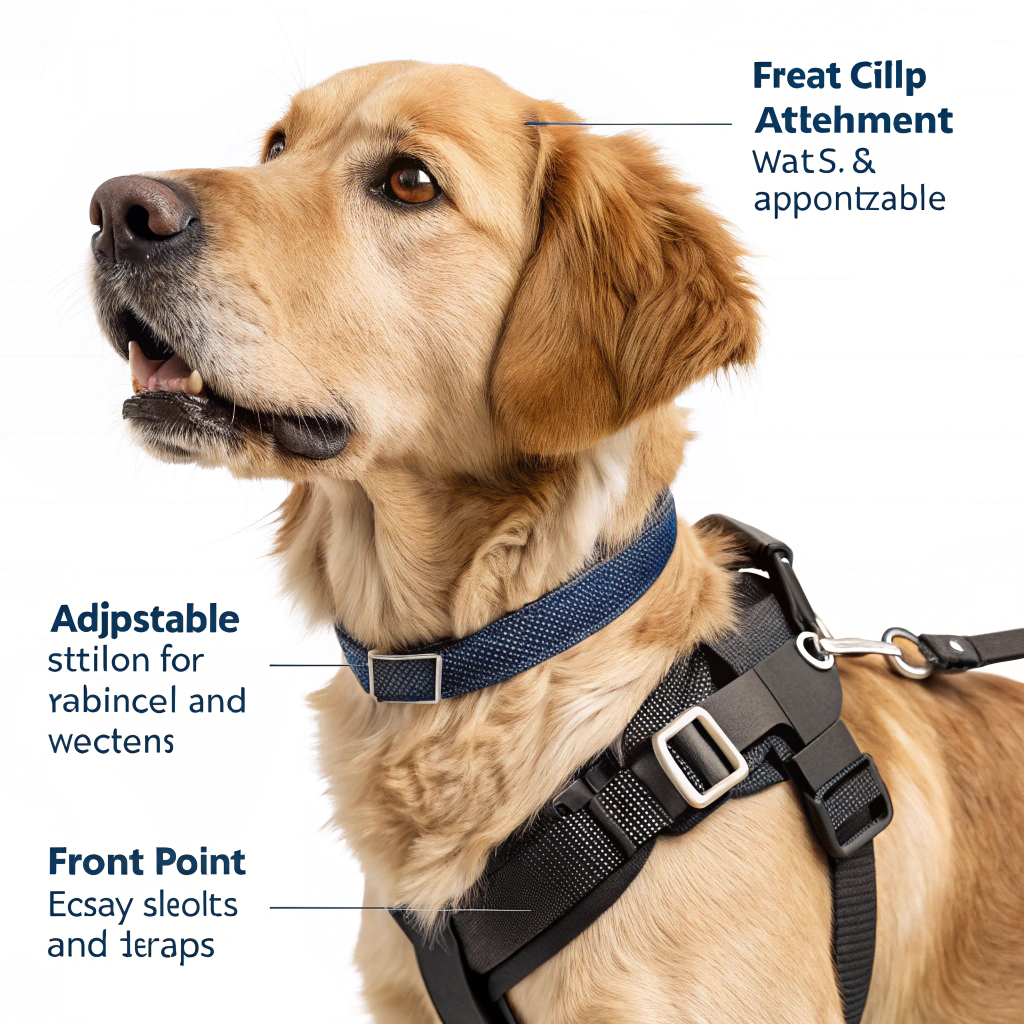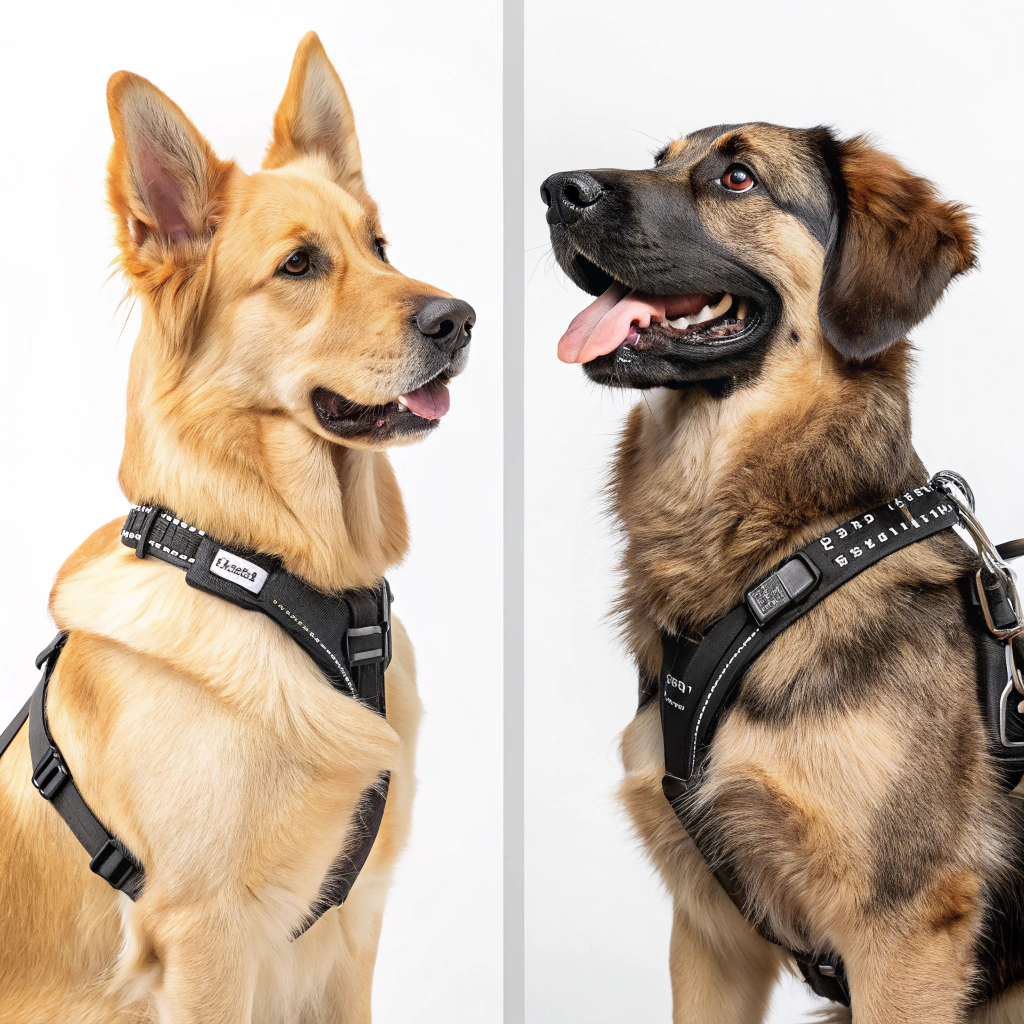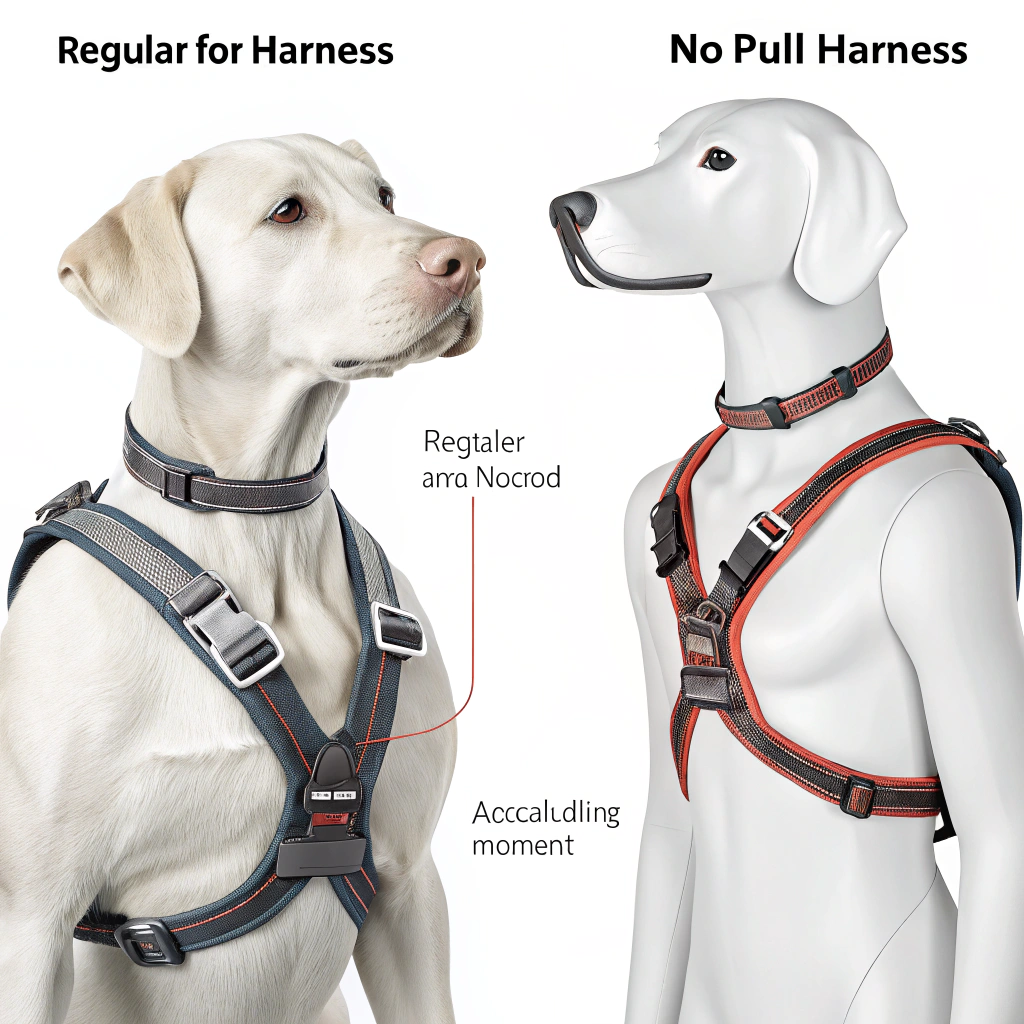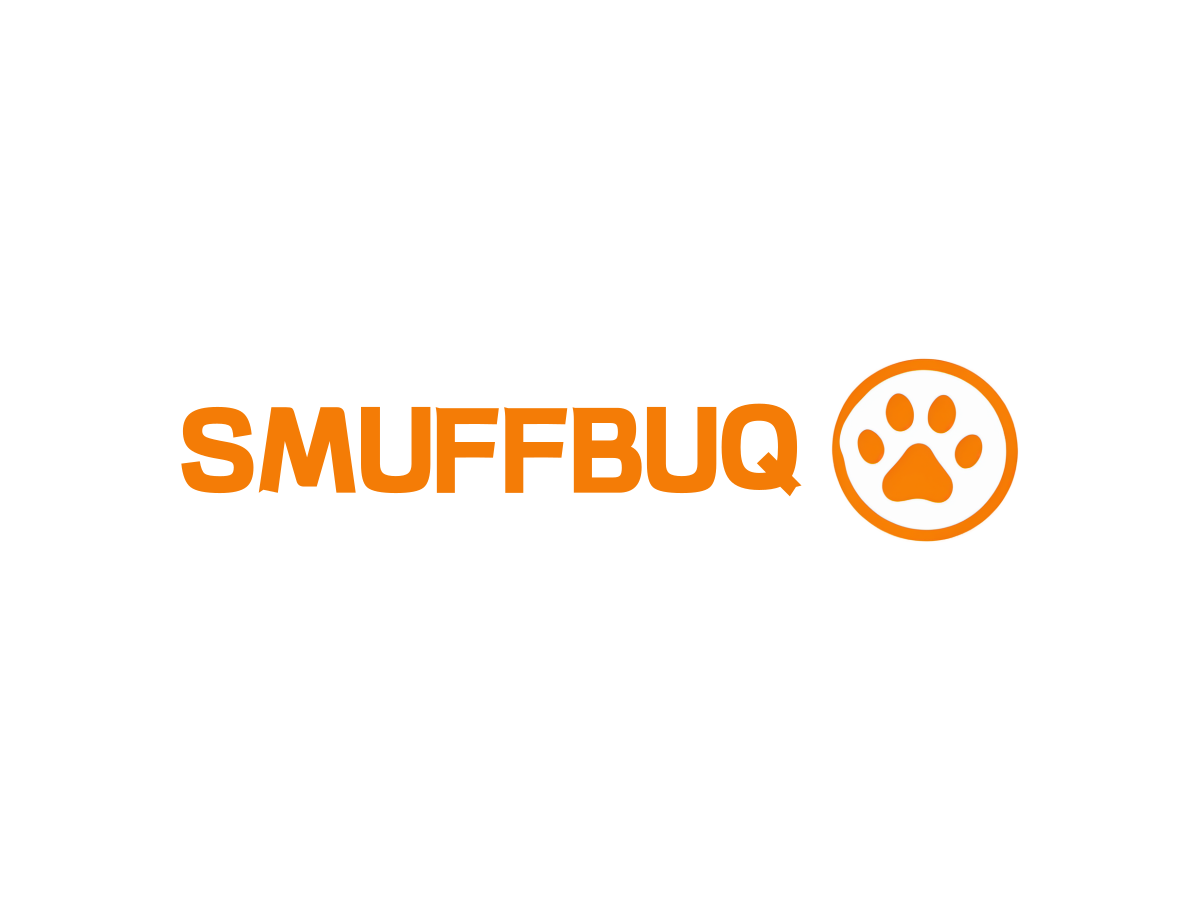Which No Pull Dog Harness Actually Works for Stubborn Pullers?
Walking your dog should be enjoyable, but it becomes a dreaded chore when your arm feels like it might detach from its socket. You need a solution before your shoulders give out completely.
**The best no-pull dog harnesses feature The best no-pull dog harnesses1 feature front chest leash attachments that redirect a dog’s pulling motion to the side, discouraging forward lunging

Through my years helping clients train their dogs and testing various harness designs, I’ve learned that the right equipment makes all the difference. Let me share what really works when it comes to making walks more enjoyable for both you and your canine companion.
What Is the Best Dog Harness to Stop Pulling and Why Does It Work?
Your walks have become a constant battle of wills—your dog lunging forward while you desperately hold on. You’re exhausted, frustrated, and worried about injury to both of you.
The most effective no-pull harnesses feature a front chest attachment point that redirects the dog’s forward momentum when they pull, with the PetSafe Easy Walk Harness being consistently rated as one of the best options by trainers and veterinarians alike.

The success of front-attachment harnesses like the PetSafe Easy Walk comes down to simple physics and canine psychology. When a dog pulls on a When a dog pulls on a traditional back-attachment harness or collar, they’re rewarded for that pulling behavior1—they move forward, which is exactly what they want
Front-attachment harnesses work differently. When your dog pulls, the design causes them to be turned to the side rather than continuing forward. This redirection is why trainers often call these "steering harnesses." The pressure is distributed across the chest rather than the throat (as with collars) or the shoulders (as with traditional harnesses), making it both effective and humane.
The PetSafe Easy Walk leads the pack for several reasons. Its design includes a martingale loop at the chest piece that provides additional gentle pressure when pulling occurs. The straps sit across the chest and belly, avoiding the sensitive armpit area and allowing full shoulder movement. This is crucial because restricted shoulder movement can lead to gait abnormalities and potential orthopedic issues over time.
Another top contender is the 2 Hounds Design Freedom No-Pull Harness, which offers a unique dual-connection option—both front and back attachment points can be used simultaneously with a double-ended leash. This provides superior control for especially strong pullers. The harness includes velvet straps that prevent chafing, making it comfortable for daily use.
For more athletic dogs, the Blue-9 Balance Harness offers exceptional adjustability with nine points of adjustment to ensure a perfect fit. A proper fit is essential for any no-pull harness to function effectively—too loose and the dog can escape; too tight and it causes discomfort.
When comparing top no-pull harnesses, several factors determine their effectiveness:
| Feature | Why It Matters | Top Performers |
|---|---|---|
| Front attachment placement | Proper chest positioning for effective redirection | PetSafe Easy Walk, Blue-9 Balance |
| Strap width and material | Affects comfort and prevents chafing | 2 Hounds Design Freedom, Ruffwear Front Range |
| Adjustability | Ensures proper fit for different dog shapes | Blue-9 Balance (9 points), Kurgo Journey (5 points) |
| Padding | Provides comfort for extended wear | Ruffwear Front Range, Kurgo Journey |
| Additional features | Back attachment options, handle for control | 2 Hounds Design Freedom, Rabbitgoo No-Pull |
It’s worth noting that while these harnesses can significantly reduce pulling, they work best when combined with positive reinforcement training. I always tell my clients that the harness is a management tool, not a magical solution. Consistently rewarding your dog for walking nicely beside you—using treats, praise, or play—creates lasting behavior change when paired with the right equipment.
What Is the Best Device to Stop a Dog From Pulling Beyond Just Harnesses?
Every time you pick up the leash, your anxiety spikes. The pulling has become so bad that you’ve considered giving up walks altogether, but you know your dog needs the exercise and stimulation.
While no-pull harnesses are typically the safest and most effective option, head halters like the Gentle Leader or Halti can provide superior control for strong pullers by guiding the dog’s head, similar to how halters work on horses.

The world of anti-pulling devices extends beyond standard The world of anti-pulling devices1 extends beyond standard harnesses, with each option offering different mechanisms of control and training benefits
Head halters represent one of the most powerful control tools available for dogs that pull. Products like the PetSafe Gentle Leader and the Halti work on the simple principle that "where the head goes, the body follows." These devices fit over the dog’s muzzle and behind the head, similar to a horse’s halter. When the dog pulls, gentle pressure redirects the head to the side, making it physically difficult to continue pulling forward.
The control advantage of head halters is significant—even a small handler can manage a large, powerful dog. However, this comes with important considerations:
Head Halter Considerations
| Pros | Cons |
|---|---|
| Immediate reduction in pulling power | Many dogs initially resist wearing them |
| Excellent directional control | Require gradual conditioning for acceptance |
| Minimal strength required from handler | Can cause neck strain if used improperly |
| Cannot be slipped out of when fitted correctly | Not suitable for brachycephalic (flat-faced) breeds |
| Helps focus dog’s attention on handler | May be perceived negatively by onlookers |
Another category worth discussing is front-clip harnesses with additional training features. The Thunder Leash, for example, can function as a standard leash but converts to apply gentle pressure around the torso when pulling occurs. This added feedback helps dogs learn that pulling creates an undesirable sensation.
For tech-savvy owners, products like the Smart Leash incorporate vibration (not shock) to provide immediate feedback when tension exceeds a preset threshold. These modern approaches use sensation rather than mechanical control to communicate with the dog.
Training collars represent another category, though I approach these with caution and specific guidelines1
It’s crucial to distinguish between training tools and aversive equipment. I never recommend choke chains or prong collars, as these work by causing discomfort or pain and can damage the trust between dog and handler while potentially causing physical injury.
The most effective approach often combines appropriate equipment with training techniques:
- Structured walking exercises – Practice direction changes, stops and starts in low-distraction environments before progressing
- Reward positioning – Keeping treats at your side to reward the dog for staying in the desired position
- Pattern games – Teaching the dog to check in with you regularly during walks
- Penalty yards – Moving away from desired destinations when pulling occurs
- Consistency across handlers – Ensuring everyone who walks the dog uses the same equipment and techniques
Remember that different solutions work for different dogs. A head halter might be perfect for a strong, healthy Labrador but inappropriate for a Pug. Your dog’s physical structure, temperament, and your personal handling abilities should all factor into your choice of anti-pulling device.
What Is the Difference Between a Harness and a No-Pull Harness and Which Should You Choose?
You’ve tried regular harnesses before, but your dog still pulls like a freight train. You wonder what makes no-pull harnesses different and if they’re worth the extra cost and effort.
Regular harnesses have back attachment points that can actually encourage pulling (like sled dogs), while no-pull harnesses feature front chest attachments that redirect pulling motion and discourage forward lunging without causing pain or restricting movement.

The fundamental differences between standard harnesses and no-pull harnesses go beyond just where you attach the leash. Understanding these distinctions helps explain why some harnesses actually make pulling worse while others can significantly improve walking behavior.
Standard harnesses were initially designed for working dogs—specifically, dogs that needed to pull heavy loads. Think about sled dogs in a traditional harness; they’re literally designed to distribute weight evenly across the chest and shoulders to make pulling more efficient and comfortable. When we put a similar design on a pet dog with a leash attached to the back, we’re essentially using equipment that’s optimized for pulling power.
No-pull harnesses, by contrast, have been specifically engineered to discourage pulling through strategic design elements:
Key Design Differences
| Feature | Standard Harness | No-Pull Harness |
|---|---|---|
| Leash attachment location | Back (between shoulder blades) | Front (chest) or dual (front and back) |
| Pressure distribution when pulled | Across shoulders, enabling pulling strength | Across chest, redirecting sideways |
| Strap positioning | Often crosses shoulder joints | Avoids restricting shoulder movement |
| Control mechanism | Limited directional control | Steering capability |
| Training function | Management only | Both management and behavior modification |
The biomechanics of these designs create entirely different walking experiences. When a dog pulls against a back-attachment harness, the pressure encourages them to lean in and pull harder—what trainers call the "opposition reflex." Dogs naturally push against pressure, so the more they feel resistance from behind, the harder they’ll work against it.
Front-attachment no-pull harnesses use this same natural tendency to their advantage. When the dog pulls, the pressure comes from the side (as they’re turned), not from behind. This subtle distinction makes it much harder for dogs to exert their full pulling strength and creates a natural discouragement to pulling behavior.
Some specific design elements found in quality no-pull harnesses include:
- Martingale loops that provide gentle tightening when pulling occurs
- Belly straps positioned away from armpits to prevent chafing
- Complementary back attachments for use once pulling is under control
- Wider straps at pressure points to distribute force comfortably
- Multiple adjustment points to accommodate different body shapes
When choosing between a standard and no-pull harness, consider your dog’s specific needs. For dogs who already walk well on leash, a standard harness with back attachment may be perfectly suitable. Some trainers even switch between harness types depending on the walking context—using a front-attachment for busy streets where control is paramount, and a back-attachment for trail hikes where some pulling might be acceptable.
It’s also worth noting that some dogs respond better to certain designs than others. Dogs with short necks or broad chests might find some front-attachment harnesses uncomfortable, while dogs with sensitive skin might need extra padding regardless of design type.
The ideal approach combines appropriate equipment with consistent training. A no-pull harness creates the physical conditions that make training easier, but it’s the positive reinforcement of desired walking behavior that creates lasting change. This combination—mechanical advantage plus behavior modification—is what makes modern no-pull harnesses such effective tools for transforming the walking experience.
Conclusion
Finding the right no-pull solution comes down to understanding the difference between equipment that enables versus discourages pulling. Front-attachment harnesses like the PetSafe Easy Walk and head halters like the Gentle Leader offer the most effective control without causing pain. Combined with consistent positive reinforcement training, these tools can transform frustrating walks into enjoyable experiences for both you and your dog.
-
Understanding the guidelines is crucial for safe and effective use; this link provides essential insights.
represent another category, though I approach these with caution and specific guidelines. Martingale collars provide limited slip action that tightens when pulled but has a safety stop to prevent choking. These can be appropriate for dogs with narrow heads who might slip out of standard collars. ↩ ↩ ↩ ↩

